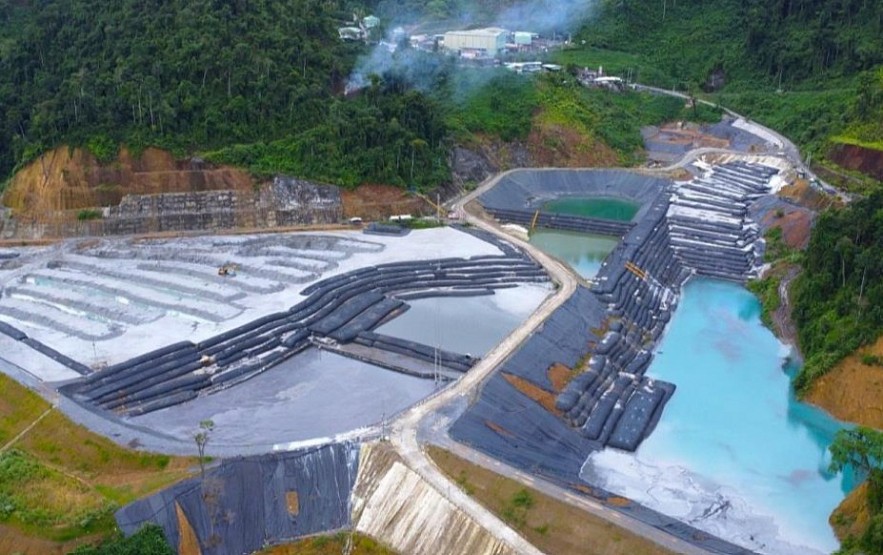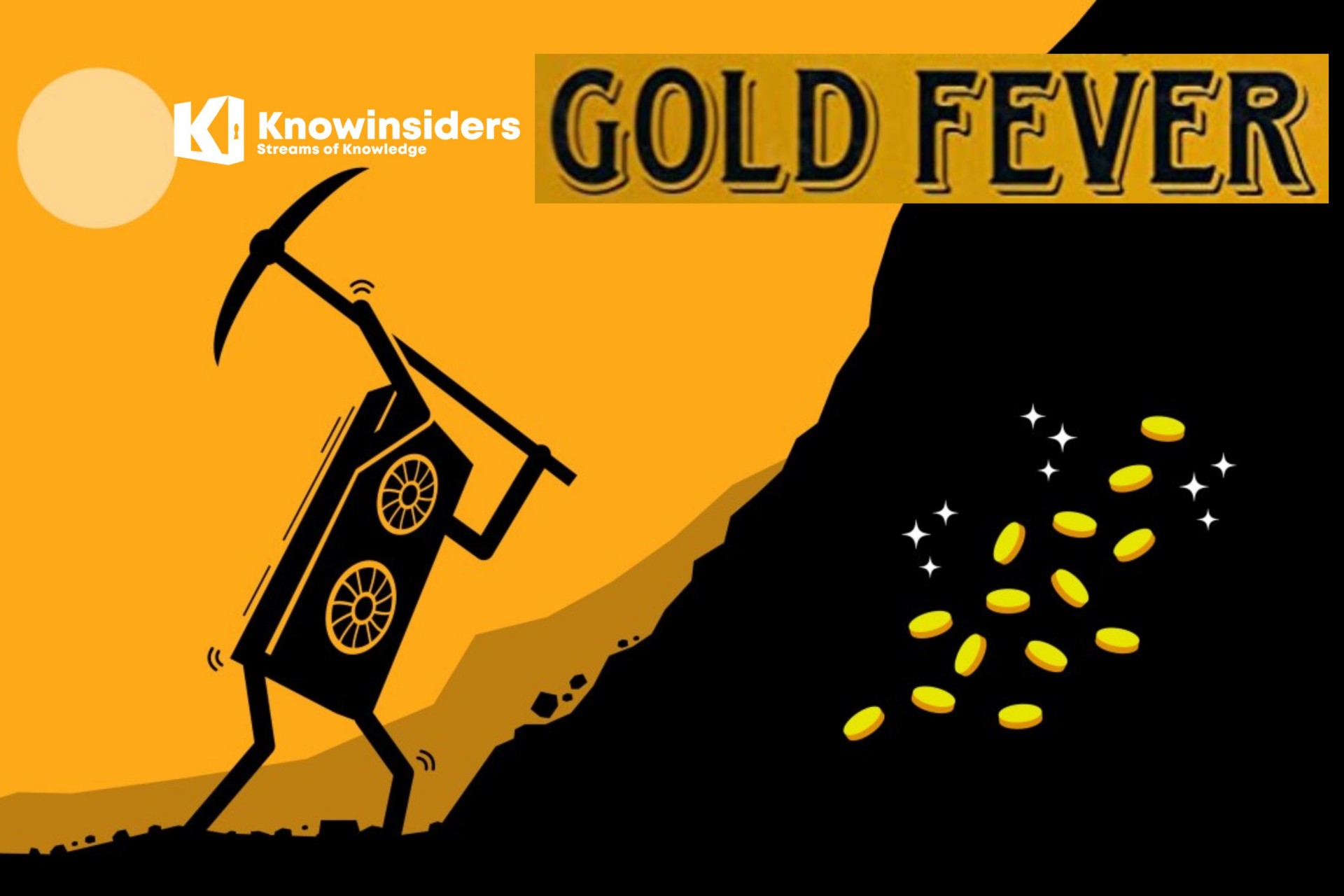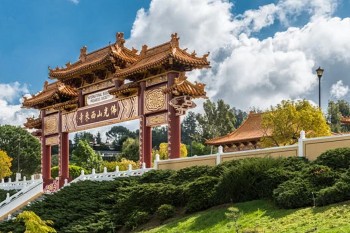Top 5 Largest Gold Mines in Vietnam: Reserves, Status, and Economic Impact
 |
| A view of the Dak Sa gold mine in Phuoc Duc commune, Phuoc Son district, Quang Nam province. Photo: People's Police Newspaper |
With gold prices reaching an all-time high of $3,246 per ounce (April 2025), global attention has turned not only to new discoveries, but also to existing mining giants. While Vietnam has made headlines with the discovery of 52 new gold mines this year, its established gold mining operations remain the core of the nation's mining economy.
Vietnam is estimated to have over 500 gold mining sites, yet only a select few hold large-scale, high-purity reserves that contribute significantly to both local and national economies.
Vietnam’s Mining Outlook: Strategic Mines, Strategic FutureVietnam's top gold mines are more than just sources of mineral wealth—they are economic anchors, environmental case studies, and strategic chess pieces in the nation’s resource policy. While many of the top mines face aging infrastructure, legal disputes, or ecological issues, their historical importance and untapped potential remain critical as Vietnam moves to reshape its mining sector. With government plans to fully digitize all mining data by 2030 and align mining projects with green growth goals, expect Vietnam’s legacy mines to be either rehabilitated, upgraded, or strategically integrated into national resource planning. |
1. Bồng Miêu Gold Mine (Quảng Nam Province) – Over 20 Tons
-
Reserves: Over 20 metric tons (primary gold)
-
Operator: Formerly Bồng Miêu Gold Mining Co., Ltd.
-
Status: Official closure process underway since 2022
-
Key Facts:
-
Once the most productive gold mine in Vietnam
-
Site of major environmental and illegal mining concerns post-closure
-
Closure cost: Over USD 850,000 from provincial budget
-
The Bồng Miêu mine, located in Tam Lãnh commune, is widely recognized as Vietnam’s first industrial-scale gold operation. Despite its closure in 2016 due to the operator’s bankruptcy, the site remains a flashpoint for debates over post-mining land use, illegal mining, and ecological rehabilitation.
As of 2025, the mine still faces unresolved issues, including unlicensed mining activity, delayed environmental cleanup, and disputes over long-term land conversion. Nonetheless, Bồng Miêu’s legacy as the most gold-rich site in Vietnam remains undisputed.
Read more: Gold Fever: Vietnam Discovers 52 New Gold Mines in 2025, Redrawing Global Mining Map
2. Đắk Sa Gold Mine (Phước Sơn, Quảng Nam) – Estimated 7–8 Tons
-
Reserves: Estimated 7–8 metric tons
-
Operator: Phước Sơn Gold Company Ltd.
-
Status: Under government review for closure as of Q1 2025
-
Peak Output: Up to 1.2 tons/year during 2012–2015
-
Ore Quality: 5–15 grams of gold per ton
Located deep in the central highlands, Đắk Sa represents one of Vietnam’s most economically viable deposits due to its ore richness and infrastructure. The mine consists of multiple mining areas, notably Bãi Gò and Bãi Đất, with operational licenses tied to Canadian-invested Besra Gold Inc., the parent of Phước Sơn Gold Co.
In early 2025, the Department of Geology and Minerals initiated a formal request for Quảng Nam province to comment on the proposed shutdown of mining operations at Đắk Sa, signaling an impending shift in policy. Environmental assessments and post-mining land restoration plans are currently under discussion.
3. Dội Bù Gold Region (Hòa Bình Province) – ~10 Tons (Clustered Reserves)
-
Location: Includes Cao Răm, Đà Bắc, and Kim Bôi districts
-
Estimated Total Reserves: Around 10 metric tons
-
Status: Under strategic planning for development
-
Industrial Vision: Proposed gold refining zone with 1-ton/year capacity
While not a single mine, the Dội Bù region in Hòa Bình is home to several interconnected deposits collectively considered one of the richest gold-bearing zones in northern Vietnam. These deposits are found in complex, mountainous terrain and are currently under early-stage exploration.
The Ministry of Industry and Trade has recommended the creation of a dedicated gold industry zone in the region to centralize exploration, refining, and value-added production. This would help transform the scattered mining potential into an organized and sustainable revenue stream.
Read more: Gold Fever: Top 11 Largest Gold Mines in the World, By Production
4. Pác Lạng Gold Mine (Bắc Kạn Province) – Major Untapped Primary Deposit
-
Area: ~25 km² across Đức Vân and Thượng Quan
-
Historical Significance: Explored since the 19th century
-
Investments: Over USD 2.7 million by ARV (UK), Vinacomin, and local JSC
-
Status: Inactive; awaiting re-evaluation for potential reopening
Located on the southern slopes of a 1,090-meter-high mountain, Pác Lạng has long fascinated geologists due to its complex mineral composition and high-purity gold content. The site was jointly explored from 2007–2011 under a multi-party venture that yielded promising results—but no full-scale production ever began.
Despite being inactive, Pác Lạng remains on the national strategic watchlist and is a strong candidate for foreign-invested reopening, pending environmental and community impact assessments.
5. Na Pai Gold Mine (Lạng Sơn Province) – 3.3 Tons
-
Location: Bắc Sơn District, Lạng Sơn
-
Reserves: 3.3 metric tons
-
Annual Output: 0.8–1.5 tons (small-scale)
-
Mining Method: Traditional, non-mechanized
-
Status: Active
Tucked away in a densely forested remote region, the Na Pai gold mine is operational and yields a steady annual output despite using manual extraction methods. Due to its isolation, the mine operates with relatively low environmental impact and is monitored under provincial oversight.
The Vietnamese government has signaled potential support for modernization of mining techniques at Na Pai to increase productivity and ensure environmental safeguards, making it a candidate for responsible scaling.
FAQs – Top Gold Mines in Vietnam
Q1: What is the largest gold mine in Vietnam?
Bồng Miêu in Quảng Nam, with reserves exceeding 20 tons, remains the largest, although officially closed.
Q2: Which gold mines in Vietnam are still operating?
Na Pai in Lạng Sơn continues to produce gold annually using traditional mining techniques.
Q3: Why was Bồng Miêu mine shut down?
The mine was closed due to expired licensing, bankruptcy of the operator, and uncontrolled illegal mining. A formal environmental closure process is underway.
Q4: What is the future of Đắk Sa mine?
It is currently under review for closure following declining productivity and environmental concerns.
Q5: Can foreign companies invest in Vietnam’s gold mines?
Yes. Vietnam allows foreign investment in mineral exploration, provided it meets sustainability and regulatory standards.
 Investors Brace for $4,000 Gold: What’s Fueling the Dramatic Price Surge? Investors Brace for $4,000 Gold: What’s Fueling the Dramatic Price Surge? Gold Prices Poised to Skyrocket: Expert Forecasts Predict Record Highs of $3,500 to $4,000 per Ounce. |
 Gold Price Holds Firm Above $3,130 as Trump’s Tariff Shock Sparks Market Jitters Gold Price Holds Firm Above $3,130 as Trump’s Tariff Shock Sparks Market Jitters Spot gold was up 0.6% at $3,129.46 an ounce at 04:53 p.m. EDT (2053 GMT). U.S. gold futures settled 0.6% higher at $3,166.20. |
 Gold Price Retreats from Record Highs: What’s Next for the Precious Metal? Gold Price Retreats from Record Highs: What’s Next for the Precious Metal? After soaring above $3,100 per ounce, gold prices have pulled back sharply. Is this a temporary dip or the start of a broader correction? |
 Top 10 Countries with the Largest Gold Reserves in the World 2025 Top 10 Countries with the Largest Gold Reserves in the World 2025 Discover the top 10 countries with the largest gold reserves in 2025. Updated rankings, official data, and expert insights reveal how nations use gold to ... |

























